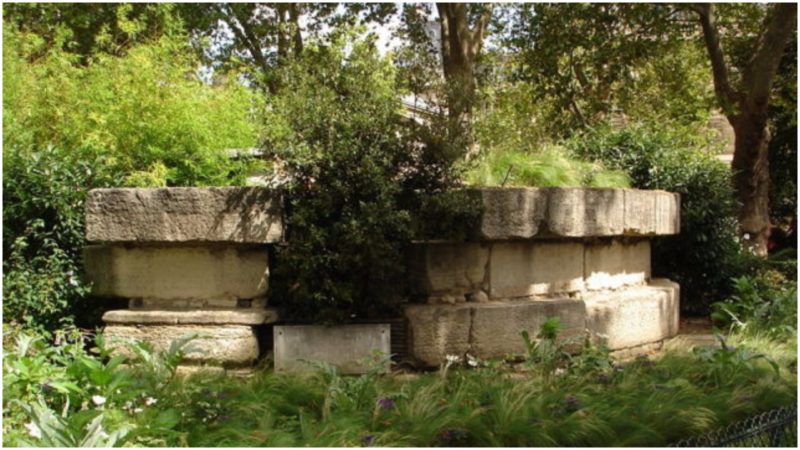Almost nothing remains of this symbol of the French Revolution except for a couple of titanic boulders and a faded vestige of its once mammoth walls.
It was the Hundred Years’ War that prompted the French to build the Bastille, originally dubbed the Bastille Saint-Antoine. Before this fortress was even built, the French kings placed their thrones in the Louvre. But as time progressed, the city grew and changed. This left Paris vulnerable, for its east side was laid bare with no fortification to protect it from the English.
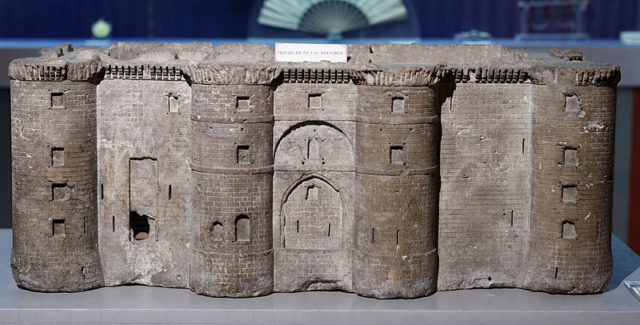
Once King John II of France was captured–after the French lost the battle of Poitiers–the country was left without a King. It was time for Étienne Marcel to step forward and fix the capital’s defense line. And so Marcel extended the city walls and constructed a fortified gateway dubbed a bastille.
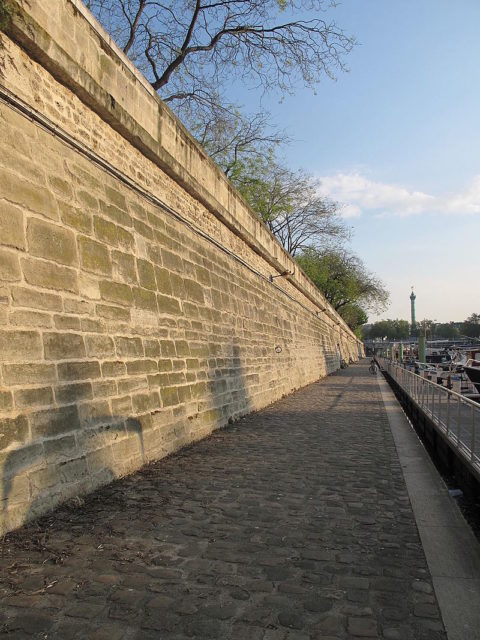
Then at the start of the 1370s, the east side of the city was still a liability and Charles V was worried about that particular hole in the capital’s defense. And so the king ordered that a new and much greater Bastille be built on the same place as the original.
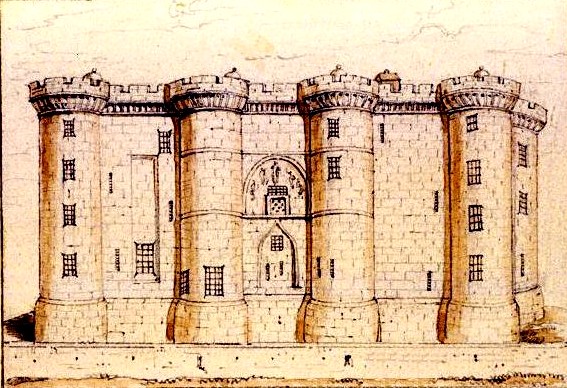
This initial bastille was some 24 meters in height and had two towers. Charles V added to this older bastille and built another set of towers, one in front of the other. Then he added, even more towers, two on the south side and two on the north.
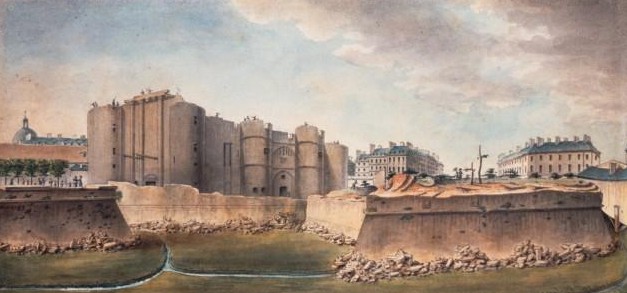
Charles V never lived to see this fortress finished, but Charles VI finished the project that his father had started. Once completed, it was known as the Bastille, a fortification with 3-meter-thick walls and 24-meter-tall towers and walls. The uniform height of both walls and towers gave this fortress a unique look. Every single tower had a number of dungeons or cachots at its base.
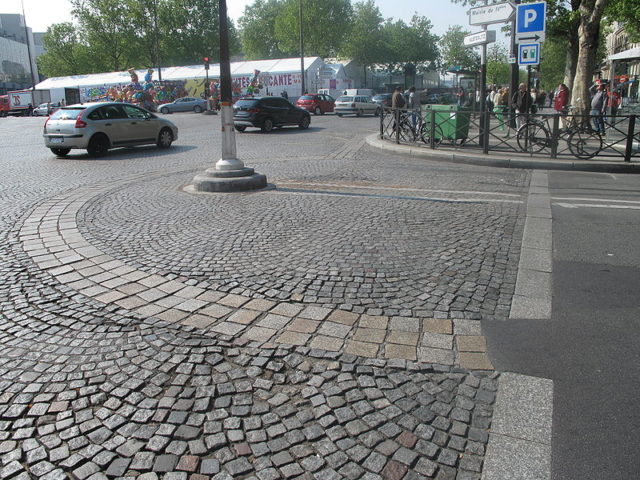
The Bastille itself was surrounded by deep ditches filled with water from the River Seine and had ten crossbowman, a knight, and eight squires in this fort at all times. Given its square shape, this fortress had four drawbridges, allowing easy access to the city. Having walls and towers of the same height allowed for rapid movement around the fortress which was a revolutionary way of constructing a fort for its time period.
The Bastille was put to the test number of times throughout the centuries. For instance, the 15th century meant more wars for France and so this fort was of vital importance as a royal stronghold and a control of what came in and out of the city.
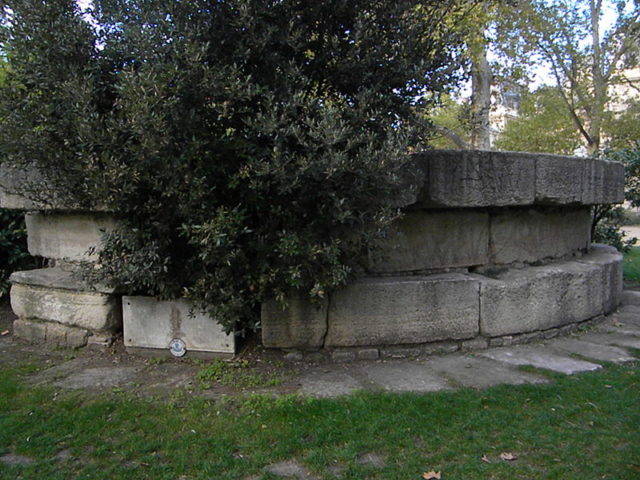
Even Charles VII took shelter in this fort once the Massacre of the Armagnacs took place in Paris. The Bastille was even used as a prison, and the first to be locked there was the man who came up with the design of this fort, Hugues Aubriot. But despite the attempts by the French to protect Paris, it was nonetheless conquered by the English in 1420.
The Bastille served its purpose for centuries, both as a fort and prison, but its end was nearing. Following the days of the French Revolution, the Bastille was portrayed as an evil and dark and place of torture.
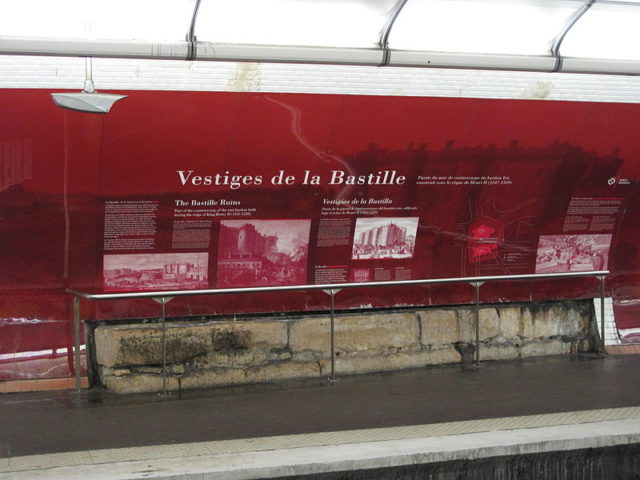
There was even a speculation of finding the rumored Man in the Iron Mask’s skeleton in one of the dungeons. The revolutionaries did everything in their power to discredit the Bastille. With time the Bastille gained a bad reputation and was consequently demolished. On that same spot, a fountain was built in 1793 called Place de la Bastille.
During the initial diggings for a metro, the foundation of the so-called Liberté Tower was found. These stones were later moved to the corner of Quai de Celestins and the Boulevard Henri IV. Here they remain to this very day.
This fort served as an inspiration for many writers such as Charles Dickens, Victor Hugo, and Alexandre Dumas, amongst others, and what little remains of its structure serves as a symbol of the French Revolution and its decades of fortifying the city of Paris.
